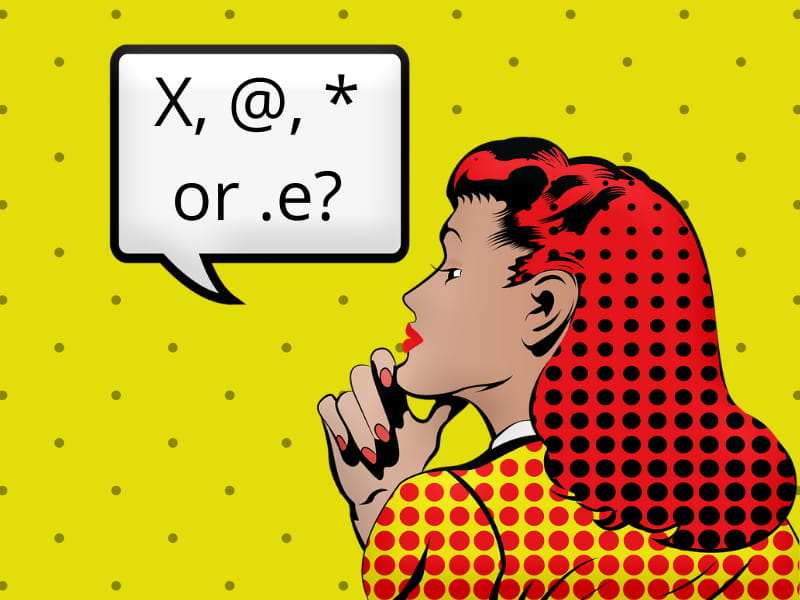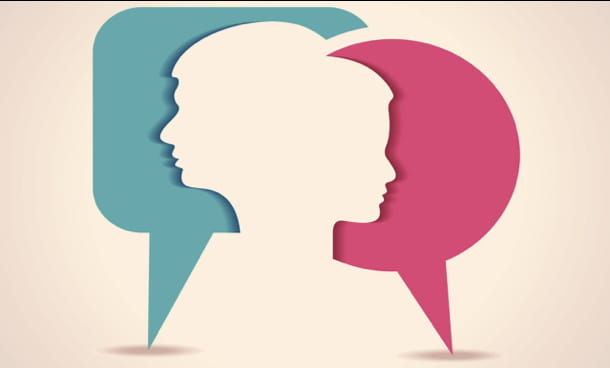We use cookies to improve your online experiences. To learn more and choose your cookies options, please refer to our cookie policy.
- Discover more
- Parent Essentials
- News
- Calendar
- Apply now
- Discover more
- Parent Essentials
- News
- Calendar
- Apply now

Learning a language in the IB involves much more than mastering vocabulary and grammar. In MYP at Northbridge International School Cambodia, students learn through the lens of four key concepts: communication, connections, creativity and culture. They learn how to communicate in a variety of contexts and have the opportunity to explore the role of language in ‘Identity and relationships’. The aim is that they develop sociocultural competences and can interact with sensitivity.
These skills are further enhanced in the DP. Students are assessed on their ability to understand and use language appropriate to a range of interpersonal and intercultural contexts. In the theme of ‘Language and identity’ they explore questions such as “What constitutes an identity?”, “How do we express our identity?” and “How do language and culture contribute to form our identity?”
In the ‘Social organization’ theme, they consider the role that language plays in society.
In the French classroom, speakers of English or Chinese might be perplexed by the use of ‘he’ and ‘she’ to describe a knife (le couteau) or a chair (la chaise), whereas Spanish speakers will find that natural. They may also be surprised to learn that the ‘feminine’ version of jobs such as ‘firefighter’ (la pompière) or ‘teacher’ (la professeure) have only recently been accepted formally in France, or that French speakers could use the masculine “Bonjour à tous!”meaning ‘hello everybody”, to address a group of 10 women and two men!
Why does this matter? Essentially it’s because language plays a key role in shaping cultural and social attitudes. You might be surprised to know that a study of Spanish and German speakers found that the gender of an object heavily influenced how it was described. For example, the word “bridge” is feminine in German (die Brücke) and masculine in Spanish (el puente). When asked to describe a picture of a bridge, German speakers used words such as beautiful, elegant, fragile and pretty, while Spanish speakers used big, dangerous, strong and sturdy.[1]
If the grammatical gender can influence people’s thinking so much, it’s easy to see how the gender conventions of language might influence and reinforce gender stereotypes and bias. This can be an interesting focus for discussion in the classroom and help students reflect on their own use of language.
In fact, the UN has published advice on how people and organisations can use more ‘gender-inclusive language’ - speaking and writing in a way that does not discriminate against a particular gender and does not perpetuate gender stereotypes[2]. An example might be to say ‘humanity’ rather than ‘mankind’. However, in reality, this can sometimes create challenges in some languages.

Adding to the complexities is a more recent debate around the use of ‘gender-binary’ language. As referred to above, in French, Spanish, Italian, Hebrew, Arabic and other languages, all nouns, including people, are categorized as either masculine or feminine, and any adjectives associated with these words must reflect that gender. In other words, there is no ‘it’. That presents a problem for people who are gender-nonconforming, and, of course, for the speakers of those language in general.[3] How can we refer to ourselves and others in a gendered language if those identities are not represented?
All languages evolve, and many are becoming more open to nonconforming identities by removing or avoiding gendered words. For example, many English speakers will now say something like “that person is a great dancer, they should perform publicly”. In French, ‘he’ and ‘she’ – ‘il’ and ‘elle’ can be combined to create a new word: ‘iel’. In Chinese, the traditional 他 - 她gender divide is now being challenged by the apparition of a new non-binary pronoun ‘メ也’ (all being pronounced ‘tā’). That said, much of these adaptations are ‘works in progress’ and are not always very practical. They are not things we expect language learners in the MYP and DP to use, the main focus is on developing their communication skills, but raising awareness of these issues is a good way to help students appreciate the role of language in culture, gender roles and identity.
[1] https://www.psychologytoday.com/us/blog/culture-conscious/201209/masculine-or-feminine-and-why-it-matters
[2] https://www.un.org/en/gender-inclusive-language/
[3] https://www.nytimes.com/2021/09/01/crosswords/gender-language-nonbinary.html